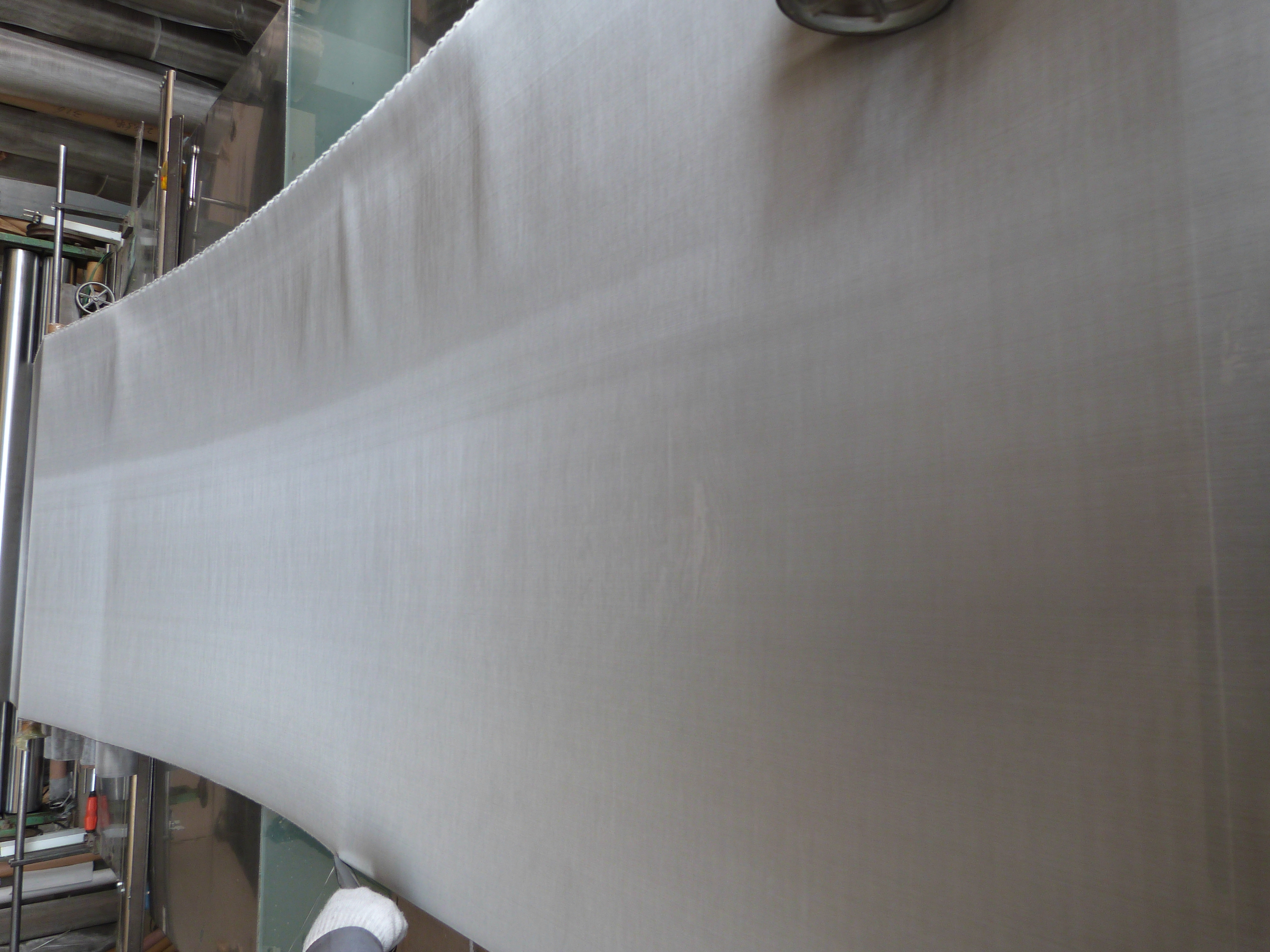Hydrogen Energy Conversion: 100% conversion of plant sugar to fuel
 |
According to foreign media reports, a research funded by Shell Oil Company has shown that it is possible to convert 100% of the sugar stored in corn stover into hydrogen, and it will not increase the carbon dioxide emissions in the atmosphere at all. Professor Percival Chang from Virginia Polytechnic Institute said that the researchers mixed unprocessed crop raw material with a mixture of ten enzymes that convert the plant xylose and glucose to hydrogen and carbon dioxide.
Prof. Zhang said that the method of using fermenting bacteria or industrial catalysts can only convert 30% to 60% of sugars of plants into hydrogen. However, this latest technology can convert 100% of plant sugar into hydrogen fuel. In order to create clean energy alternative to oil, the use of crop fertilizers to produce pure hydrogen seems to be one of the most important goals of the green economy. However, the existing methods are very inefficient and expensive. How to separate hydrogen after manufacturing has also been a problem that has plagued us.
"All the products produced using this new process are gases, so they can be easily separated and collected. In this process we achieved carbon neutrality and increased the reaction speed by 17 times, which also greatly reduced This means that we have already taken the most important step towards the hydrogen economy: using local biological resources to produce green economy hydrogen energy,†said Professor Zhang.
One of the key advances in this technology is the ability to directly use waste biomass as a source of hydrogen fuel. Professor Chang explained that in addition to being more efficient, this technology should also be able to build gas station-sized large-scale bioreactors near biomass sources, which may make green fuel supply stations all over the country.
The next question is how to fully amplify this technology. But if we get further financial support, I think that within 3 to 5 years we should be able to build a bioreactor similar to a gas station and expect to produce 200 kg of hydrogen fuel per day. This output will be enough to supply about 40 to 50 cars.
The key to the study is to determine the exact combination of enzymes that together convert xylose and glucose from plant waste into hydrogen and carbon dioxide, which can be easily collected separately. These 10 enzymes were originally made at the fermentation facility by means of transgenic bacteria. These enzymes are then added to a solution containing plant waste, where the enzyme continues to work for several weeks to complete the reaction process. Professor Zhang said that the ultimate goal of this study is to enable these enzymes to continue working for months or even years without replacement.
1.Material:
low carbon iron wire,stainless steel wire and PVC coated wire
2.Wire Mesh style:
1-Electro galvanized wire mesh
2-Hot-dipped galvanized wire mesh
3-PVC coated wire mesh
4-stainless steel wire mesh
3.Wire Mesh type:
Weaving wire mesh: plain weave ,twill weave ,plain dutch weave ,twill dutch weave ,bead knitting
Welded wire mesh: welded before galvanized, welded after galvanized
Punching wire mesh, Expand wire mesh, Square Wire Mesh etc.

Wire Mesh Series,Galvanized Iron Wire Mesh ,Wind Dust Net,Square Wire Mesh
Anping Shengjia Hardware Mesh Co.,LTD , https://www.oilshaleshakerscreen.com